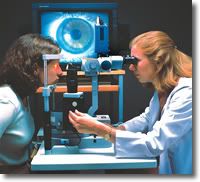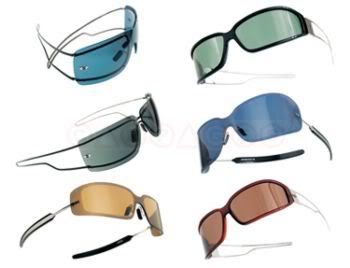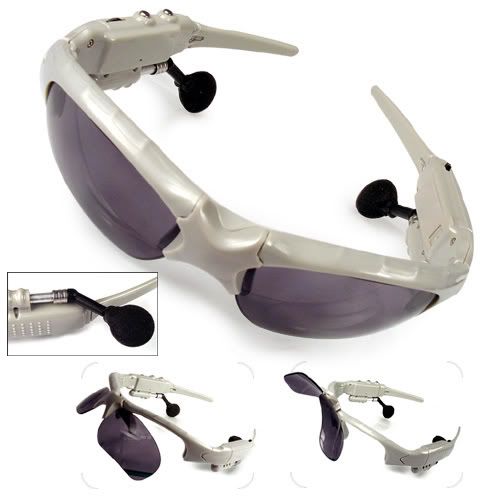Introduction
Accommodative behavior associated with the type of near work commonly seen in school-aged children has been suspected to be a factor in the development of myopia. Several investigators have specifically hypothesized that large lags in accommodation degrade retinal image quality by producing hyperopic retinal defocus, and may affect eye growth and refraction in much the same way that negative lens-rearing affects eye growth and refraction in animal models.
Accommodative lags
Accommodative lags in young progressing myopes are larger than in emmetropes, but adaptations within the accommodative system appear to increase the accommodative response so that in adults with stable myopia the mean lag is not different from that of adult emmetropes. Our findings are consistent with this because there was no statistical difference in the accommodative lags between myopes and emmetropes. Although we find large differences in accommodative lags between subjects, the mean lag during extended periods of reading was similar to that shown in other studies during brief periods of accommodation. We also observed that, after an initial period of 2-3 min, the lags were reduced slightly and then remained relatively constant over the remaining reading period. A reduction in the lag of accommodation within the first few minutes of reading has been previously observed and has been hypothesized to result from increased output of a slow, blur-driven, accommodative response mediated by the sympathetic nervous system. Such adaptation may increase the accuracy of the accommodative response during a sustained reading period and ultimately increase subjective clarity. Some researchers also reported an increase in accommodative gain in myopes following viewing of a blurred stimulus that could not be cleared by accommodation. This adaptation was hypothesized to be a result of differences in the use of sensory blur cues between myopes and emmetropes.
We also found that, on average, the lag of accommodation increased significantly with closer reading distances, consistent with earlier reports. Interestingly, some of the subjects in our study showed particularly large lags of accommodation (more than 1.0 D), but this did not seem to compromise their ability to read, raising questions about how the subjects were able to read through substantial hyperopic defocus. We speculate that large accommodative lags may be tolerated during reading in certain individuals for several possible reasons. (1) High contrast and low spatial frequency content (near the peak of the contrast sensitivity function) are typically found in text and does not appear to require particularly accurate accommodation to be visible. Studies have also shown that reading speed and word recognition are not affected even when text contrast is reduced 30%. (2) Optical aberrations in the eye may also play an important role in a subject’s ability to read through significant defocus. Increased aberrations induce a greater depth of focus that would impart greater perceived clarity to a defocused retinal image. (3) Adaptations to blur may be greater in some individuals, resulting in a variety of accommodative lags, and could account for the ability to read through a significant lag of accommodation with perceived clarity.
Accommodative fluctuations
Although the accommodative lags of the myopic subjects were similar to those of the emmetropic subjects in our study, the variability of their accommodative responses was significantly greater as shown by several criteria. Our data show that accommodation during extended periods of reading is proportionally more variable in myopes in terms of both the standard deviation of the accommodative response and the power spectra of accommodative microfluctuations. Both measures vary greatly between individual subjects but, overall, show increases with increasing accommodative demand. Increases in accommodative microfluctuations have also been observed with increasing accommodative demands during brief periods of accommodation by others and could be a product of signal-dependent noise. Differences in the variability of the accommodative response with the subjects’ refractive state, however, suggest a more complex relationship. We hypothesize that increased depth of focus in myopes, possibly because of increased aberrations, may be responsible for a reduction in blur sensitivity and lead to increased accommodative variability. Myopes have been shown in numerous studies to have increased astigmatism and higher order aberrations compared to emmetropes, which may be the result of poor compensation of corneal aberrations by internal optics. In addition, changes in the eye’s aberrations have also been reported to occur during accommodation. These changes could affect the accuracy of the accommodative response during reading. In particular, positive spherical aberrations have been reported to become more negative during accommodation and would increase the demand needed to produce a clear retinal image. Although this varies widely among studies, it has been reported to occur to a greater degree in myopes during accommodation and after sustained periods of reading. Finally, the microfluctuations of higher order aberrations have been shown to have similar frequency characteristics to accommodative microfluctuations and both may be related to the dynamics of accommodation during sustained reading.
Our data suggest that the increased variability of the accommodative response observed in myopes is specific to the operation of the accommodation controller, and possibly the accommodative plant, and not to the general increase in variability associated with increasing demands. In this study, both myopes and emmetropes show approximately the same average accommodative response for a given target. Therefore, accommodation in myopes appears to possess characteristics that result in greater fluctuations without changing the average accommodative response. Adult myopes are less sensitive than emmetropes to the defocus cues that drive accommodation, although myopic children may have similar blur detection thresholds to age-matched emmetropes. The accommodative response of young myopes is reduced (lags are greater) when their myopia is progressing but improves to the level of emmetropes as myopic progression slows and stabilizes suggesting accommodative gain adjustments. Pairing adaptable system gain with decreased sensitivity will result in response instability in the accommodative controller, as in any servosystem. Finally, it is also plausible that the shape of the myopic eye affects the operation of the ciliary muscle and may affect the accommodative response by increasing the tension on the ciliary zonules and the accommodative effort for a given demand. In theory, the increased accommodative strain put upon the accommodative plant could also cause an increase in the variability of the response.
The increases in accommodative variability and lags, associated with closer reading demands may have important clinical implications. Individuals preferring closer reading distances may be more susceptible to myopia because both the fluctuations and lags are greater. The associated increases in hyperopic blur may signal increased eye growth. Myopic children have habitually closer working distances than emmetropic children and myopia progression is significantly greater in children with closer near working distances. Moreover, the Correction of Myopia Evaluation Trial (COMET) has recently reported that children wearing progressive addition lenses who had a lag of accommodation greater than 0.43 D and a closer than normal reading distance (less than 31.2cm) had a significantly greater treatment effect in the reduction of myopia compared to single vision lens wearers (a 0.44 D difference over three years). Interestingly, we also observed that myopes had significantly fewer fixation breaks than emmetropes at the closest reading distance, suggesting that breaks from reading at a close distance may have a protective effect. This is consistent with the fact that even very brief periods of myopic defocus have been shown to inhibit compensatory axial growth to sustained periods of hyperopic defocus in animal models.
Conclusion
In this study, we show that in adult subjects with stable myopia, the average accommodative response amplitude during an extended period of reading is virtually identical to that of adult emmetropes. We find, however, that there is more variability in myopes, which is consistent with the hypothesis that myopes are less sensitive to defocus. While the small fluctuations in the accommodative response may be individually too small to stimulate eye growth, temporal integration of the fluctuations over periods of sustained reading may be sufficient to produce a blur signal that may lead to myopia. Investigation in individuals with progressing myopia, particularly children, is necessary to determine whether these differences are risk factors for the development of myopia.



